Everything You Need To Know About Soy Sauce
Soy sauce is a kitchen staple, but what exactly is it?
Soy sauce was invented in China over 2,500 years ago. Today it’s a staple ingredient everywhere from Japan and Korea to Vietnam, Thailand, Singapore and over in Hawaii. Used to heighten umami – the recently recognised fifth taste akin to ‘savoury’ – flavours in stews, salad dressings, casseroles, sauces and marinades (it’s especially good in barbecue sauce) soy sauce is the ultimate flavour enhancer. Soy sauce has the complexity of wine – with aroma, taste and colour all playing an important role. As well as its umami profile, many soy sauces also take on a sweet background note. On a recent trip to Japan, we tried soy sauce ice cream: it was delicious.
How is it made?
Soy sauce is a by-product of fermented soybeans, water, salt and wheat. Traditionally, soy sauce is created in vast wooden vessels, which are never cleaned so the good bacteria which grows while the sauce cultivates continues to multiply, deepening the flavours over the years. Once the soy beans have been mashed together, the liquid is aged for a few days with aspergillus, a type of fungus, to propagate a mould called koji. Similarly to miso, the whole vessel of sauce is then fermented. The longer it’s left to ferment, the better the taste. The majority of soy sauces on supermarket shelves are aged for about six months, but higher-end, more traditional brands often age their product for years.
A modern method for making soy sauce is acid hydrolysis, the process of breaking down soy proteins artificially, which takes just a few days. However, it’s worth seeking out the traditionally brewed versions – found in most Asian supermarkets – for an authentic umami kick. They might be more expensive, but trust us the flavour is superior.
It’s known for being salty, but is it actually healthy?
Soy sauce is low in calories with only eight calories per tablespoon, plus – if it’s traditionally made – there are no artificial flavourings or additives. Here’s what else you need to know when it comes to heath benefits:
It’s suitable for vegans: Soy is generally ideal for those with vegan diets as it’s made with just soybeans, water, salt and occasionally wheat. It’s packed with umami, providing a depth of flavour that can sometimes be lacking in vegan dishes.
It’s good for gut health: Some isolated sugars in soy sauce have been found to have a positive prebiotic effect on certain types of bacteria found in the gut. Although not scientifically proven, this could be beneficial for gut health and digestion.
But beware: It’s salty – one tablespoon of soy sauce contributes 38% of the current RDI of sodium. But despite its high sodium content, soy sauce can still be enjoyed as part of a healthy diet, especially as a little goes a long way. If you’re mostly consuming fresh, whole foods with plenty of fruit and vegetables, then a drizzle of soy sauce won’t do any harm.
How to choose the right sauce for you
If you choose a quality soy sauce, you’ll really notice the difference and won’t need to use as much, which could save you money in the long term. A good quality soy sauce has a perfect balance between sweet and salt on the tongue. Chef Ken Hom has a trick to choose a decent soy sauce in the supermarket: shake the bottle – if there is lots of foam on the surface that disappears slowly, then it’s good quality. If there isn’t a lot of foam and it disappears quickly, then it’s usually lower standard.
The types of soy sauce you’ll most likely find in supermarkets are either Japanese or Chinese in style. There’s a difference: Japanese soy sauce is brewed with roasted wheat whereas Chinese soy sauce (which traditionally didn’t contain wheat) is brewed with wheat flour. Chinese sauce also sometimes contains added sugar. This difference in ingredients gives Japanese soy sauce a slightly sweeter, full-bodied flavour and Chinese soy sauce a heavier, saltier finish.
- Dark soy sauce/Koikuchi
This is the soy sauce most of us are familiar with and is what 80% of Japanese people use. The word ‘koikuchi’ means dark mouth, and as the name implies, it’s rich in flavour and dark in colour. This variation is best used in dishes that need a bit of a kick – think marinades, stews and sauces.
- Light soy sauce/Usukuchi
Another Japanese soy sauce, usukuchi is lighter in colour than koikuchi. For this reason, it’s often labelled as light soy sauce. But buyer beware – a common mistake is to assume this ‘light’ option means it’s healthier or lower in salt. In fact, it’s generally saltier. Usukuchi should be added later in the cooking process to get the full benefit of its flavour. It works best in dips, dressings and stir-fried food.
- Tamari
Tamari is a thick, viscous soy sauce which is mostly gluten free. Another regional variation of soy sauce, it’s made with a fungus called tamari. Many tamari brands brew without using wheat, but not all, so if you have a gluten intolerance it’s always worth checking the label. In Japan, tamari is mostly served as a dipping sauce for sashimi.
- Genen/teien
Genen and teien are both names for low-sodium soy sauce, which is made like koikuchi, but has had the salt content reduced after brewing. This is a suitable option for those looking for a less sodium in their diet.
How should it be stored?
Soy sauce will last a long time if left unopened – the use-by date often has a two-year window. Once opened, keep it in a cool, dry place. It's not essential to refrigerate soy sauce, but doing so will extend its flavour and freshness.
Shop our favourite products below…
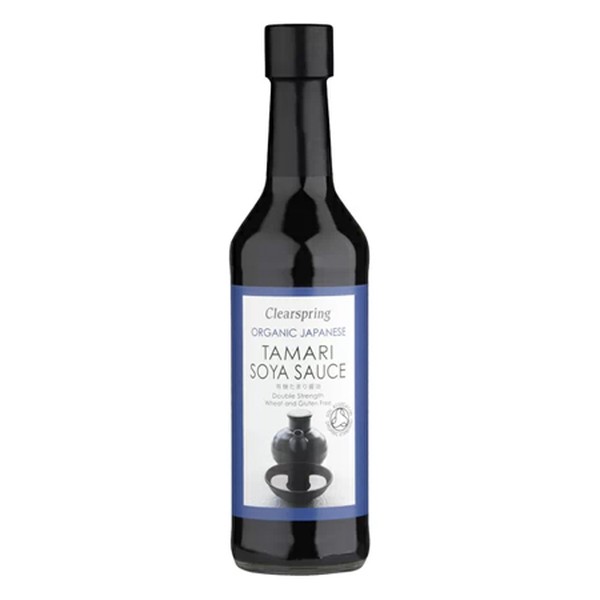
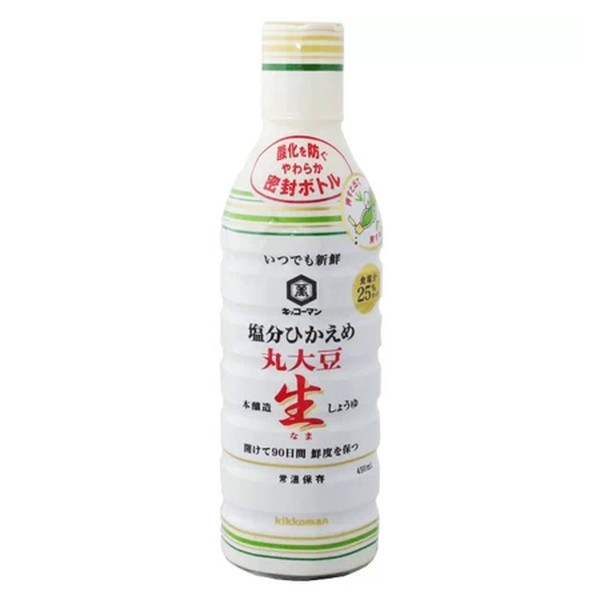
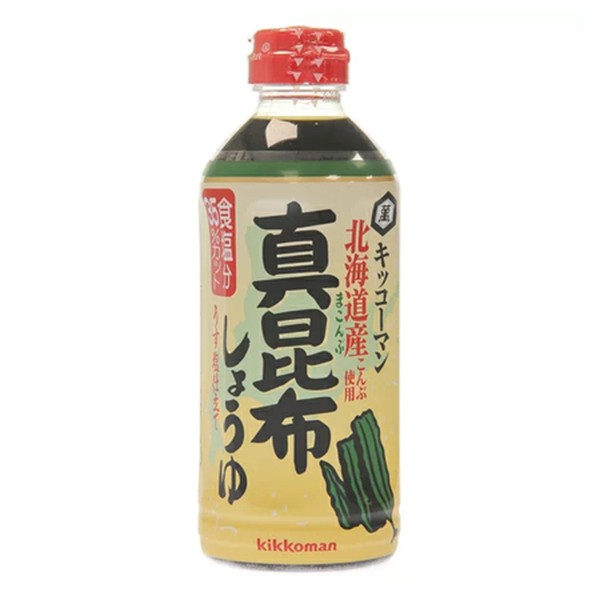
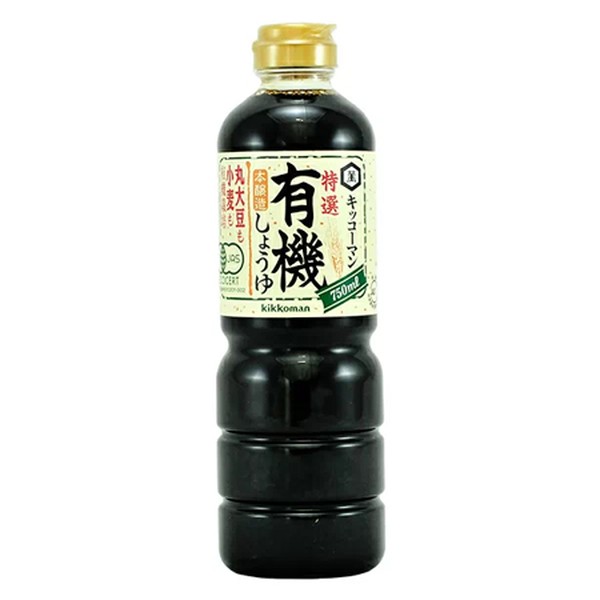
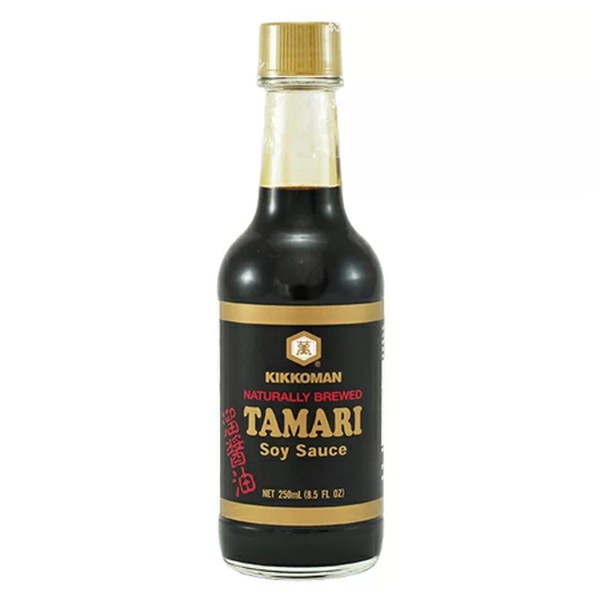
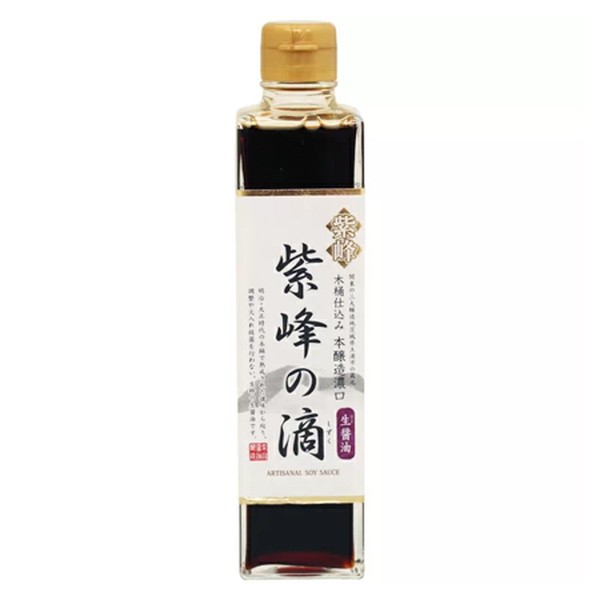
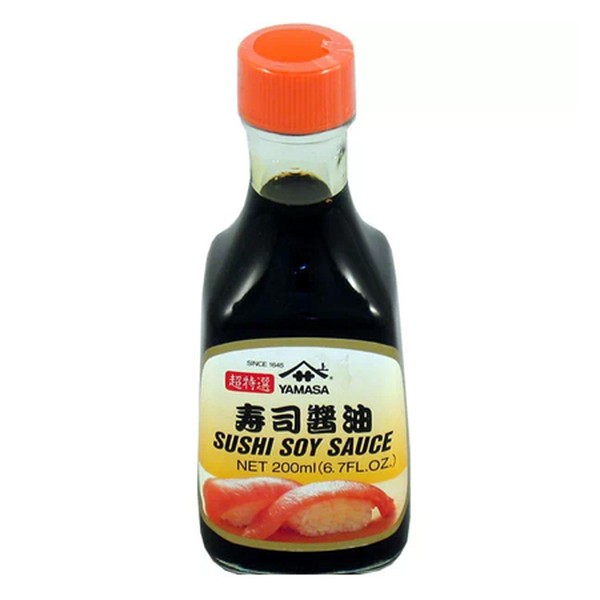
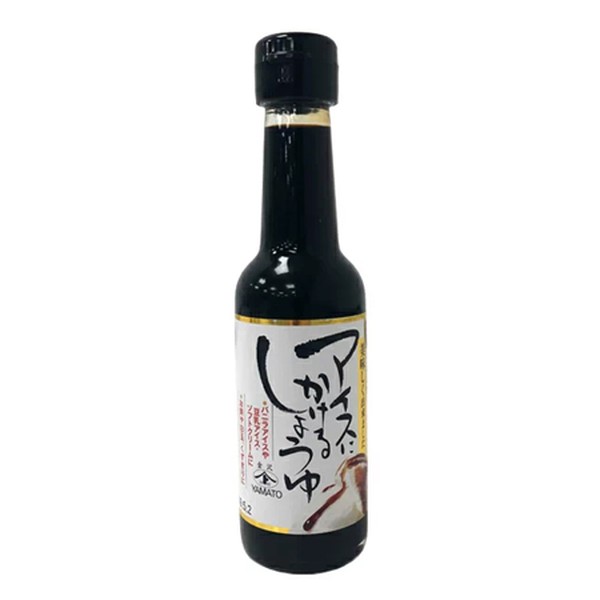
How to cook with soy sauce
We asked Masaki Sugisaki, executive chef at Japanese fine-dining restaurant Dinings SW3, to tell us why soy sauce is his must-use ingredient.
What does soy sauce taste like?
It's so complex. A lot of people use soy sauce in a very aggressive way in terms of quantity. However you really don’t need to as it contains a lot of different components in terms of flavour other than saltiness, such as sweetness, bitterness, depth, umami and so on.
Got any quick dinner soy sauce tips?
It can be used for almost anything. For instance, just few drops in any kind of soup makes a huge difference.
Can you use it in non-Asian dishes?
Yes – try using use a small amount next time you season any food. It works for almost everything even if it's French or Italian dishes.
Have you got any tips for looking after your soy sauce?
One thing to avoid is oxidisation. It’s better to buy a smaller bottle and keep it refrigerated so that it can be used before oxidisation occurs.
Feeling inspired? Try out nine of our favourite soy sauce recipes, from soy-glazed aubergine to cod with soy greens…
DISCLAIMER: We endeavour to always credit the correct original source of every image we use. If you think a credit may be incorrect, please contact us at info@sheerluxe.com.
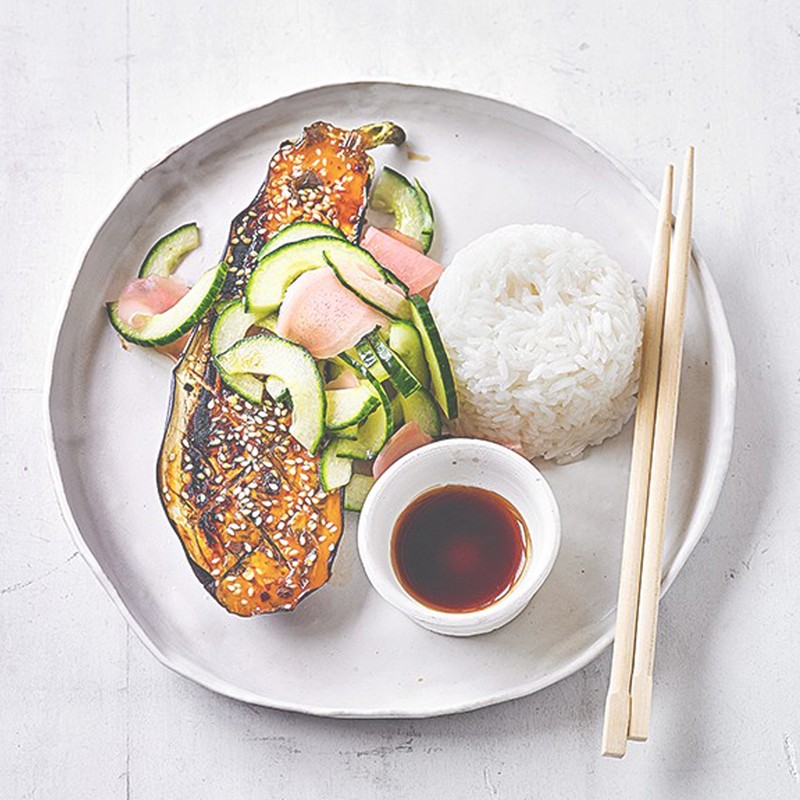
/https%3A%2F%2Fsheerluxe.com%2Fsites%2Fsheerluxe%2Ffiles%2Farticles%2F2019%2F04%2Fcod-soy-greens-coconut-rice.jpg?itok=6DxDvdeg)
/https%3A%2F%2Fsheerluxe.com%2Fsites%2Fsheerluxe%2Ffiles%2Farticles%2F2019%2F04%2Feasy-korean-ramen-bowl-cook-share-eat-vegan.jpg?itok=0ms2jA8C)
/https%3A%2F%2Fsheerluxe.com%2Fsites%2Fsheerluxe%2Ffiles%2Farticles%2F2019%2F04%2Fgizzi-erskines-portobello-mushroom-beansprout-and-spring-onion-crispy-broken-eggs-portrait-product.jpg?itok=JPftsWzG)
/https%3A%2F%2Fsheerluxe.com%2Fsites%2Fsheerluxe%2Ffiles%2Farticles%2F2019%2F04%2Fken-homs-vegan-friendly-sichuan-dan-dan-noodles-landscape-product.jpg?itok=9j6UXQOc)
/https%3A%2F%2Fsheerluxe.com%2Fsites%2Fsheerluxe%2Ffiles%2Farticles%2F2019%2F04%2Fmiso-glazed-aubergine-pickled-ginger-cucumberweekend3.jpg?itok=fDxk058p)
/https%3A%2F%2Fsheerluxe.com%2Fsites%2Fsheerluxe%2Ffiles%2Farticles%2F2019%2F04%2Fmushroombeefstirfryoystersauce1.jpg?itok=xkEnwqra)
/https%3A%2F%2Fsheerluxe.com%2Fsites%2Fsheerluxe%2Ffiles%2Farticles%2F2019%2F04%2Frosasrosasstir-fried-tofu0.jpg?itok=Xwvwv2TJ)
/https%3A%2F%2Fsheerluxe.com%2Fsites%2Fsheerluxe%2Ffiles%2Farticles%2F2019%2F04%2Frosastom-yam-soft-tofu.jpg?itok=96RxeTST)
/https%3A%2F%2Fsheerluxe.com%2Fsites%2Fsheerluxe%2Ffiles%2Farticles%2F2019%2F04%2Fthai-chicken-grains-pineapple.jpg?itok=EOq4UU11)

